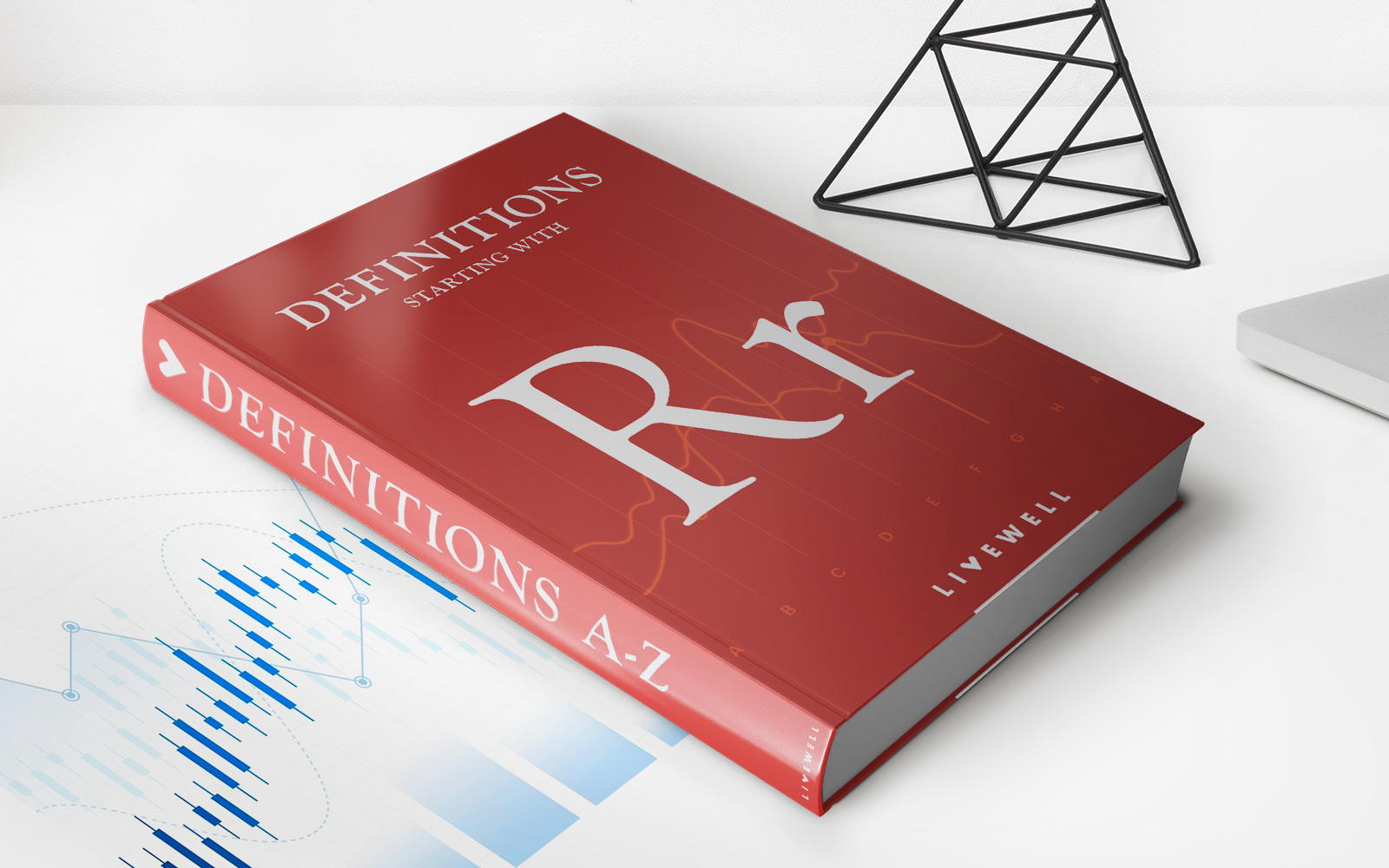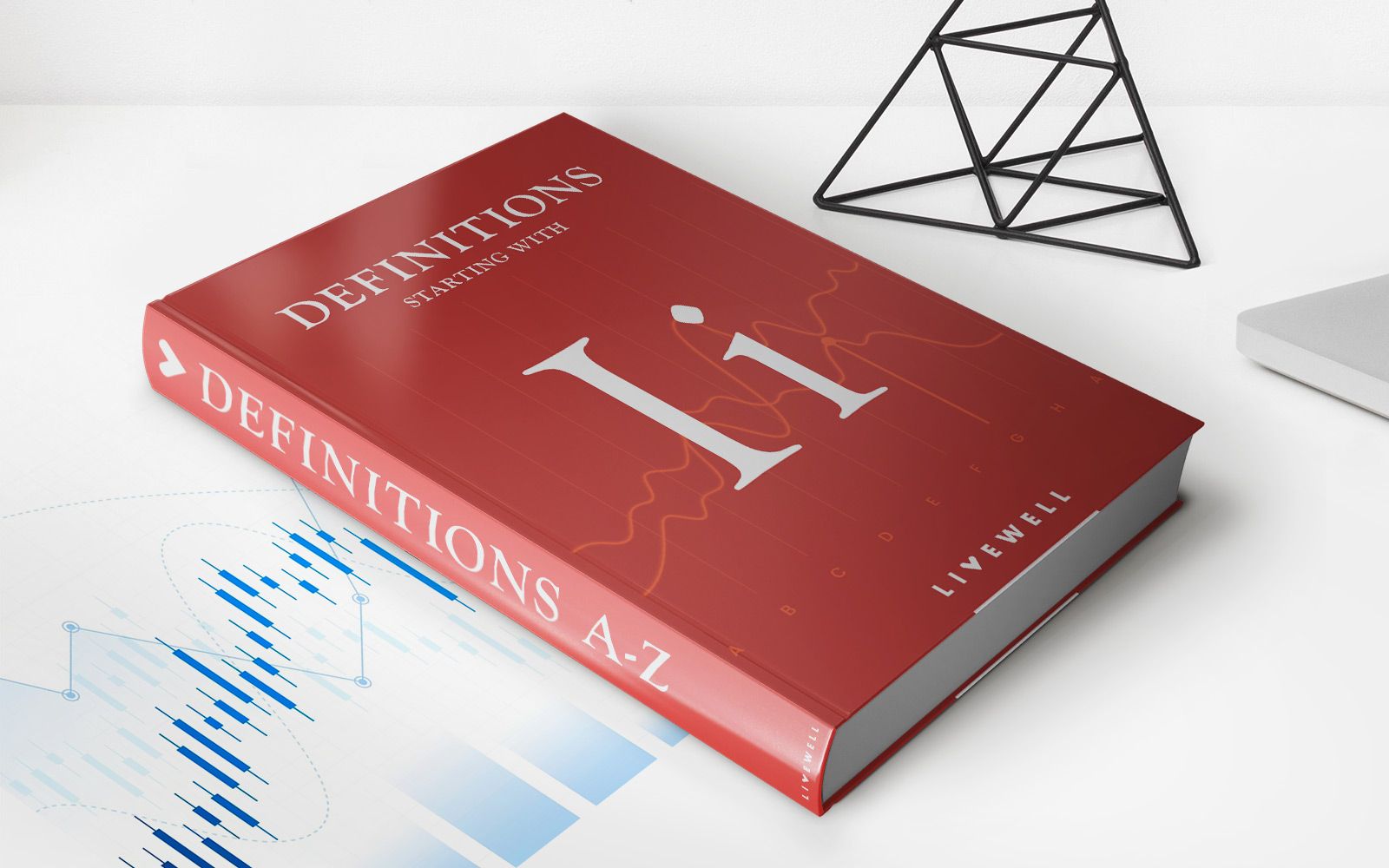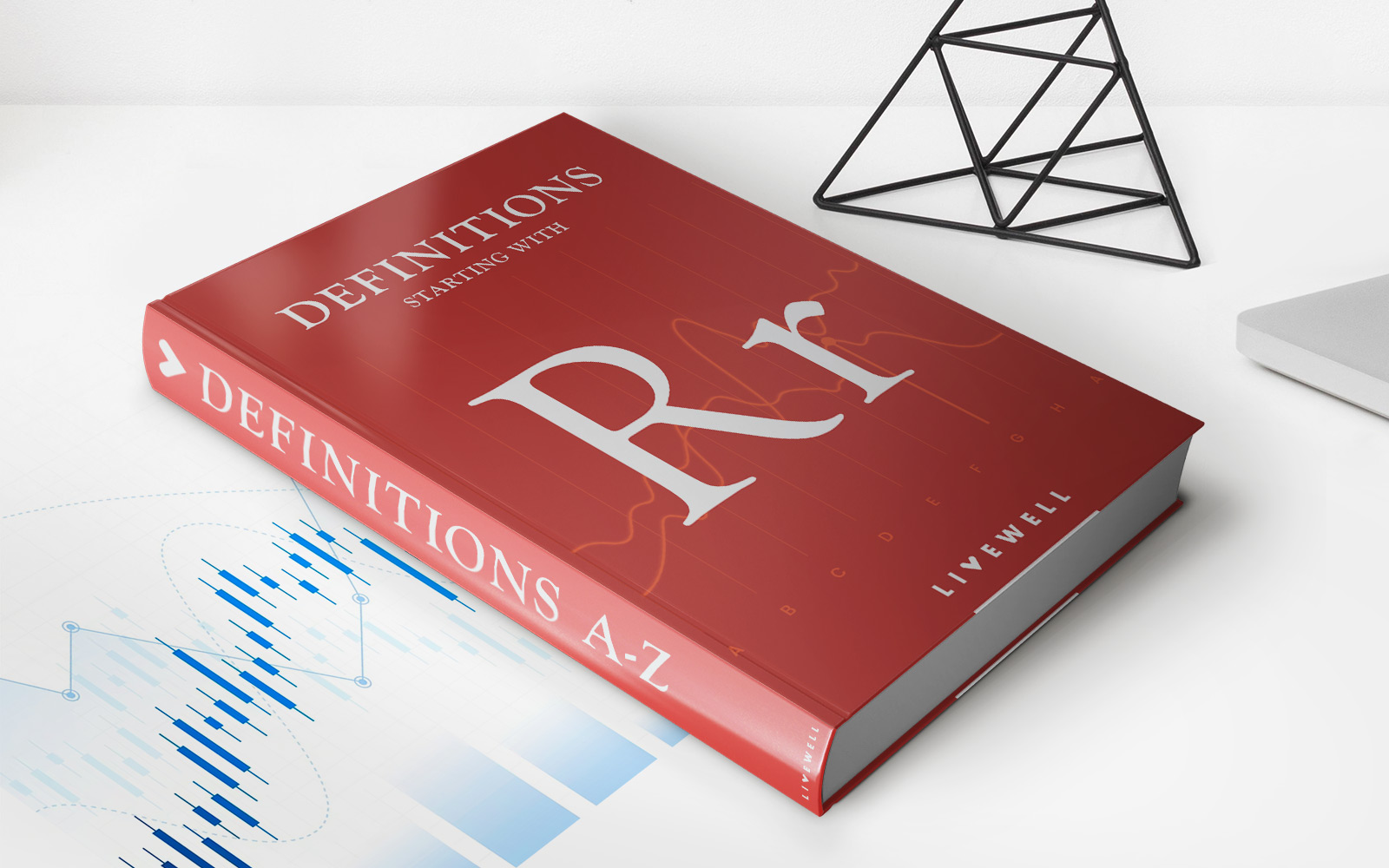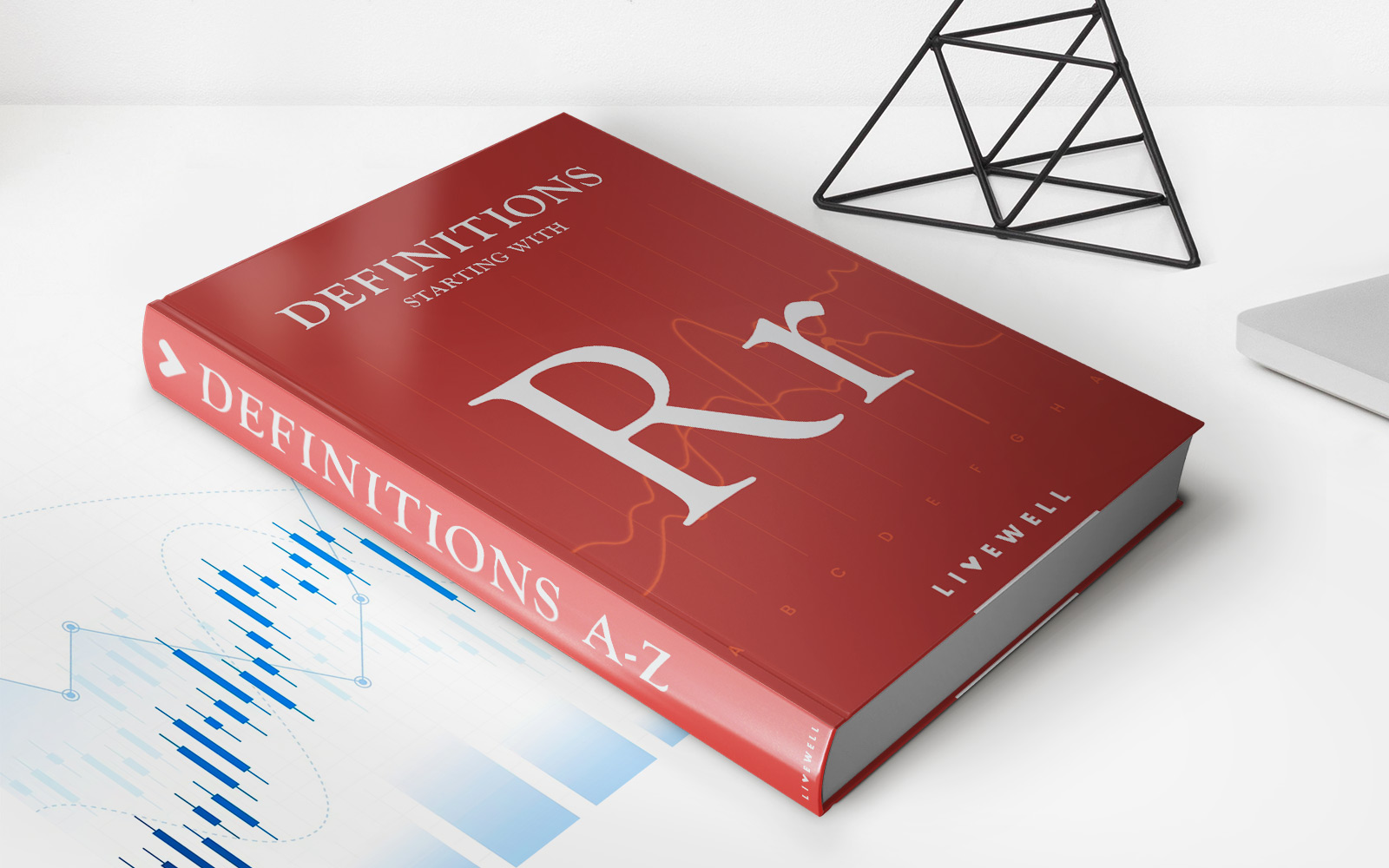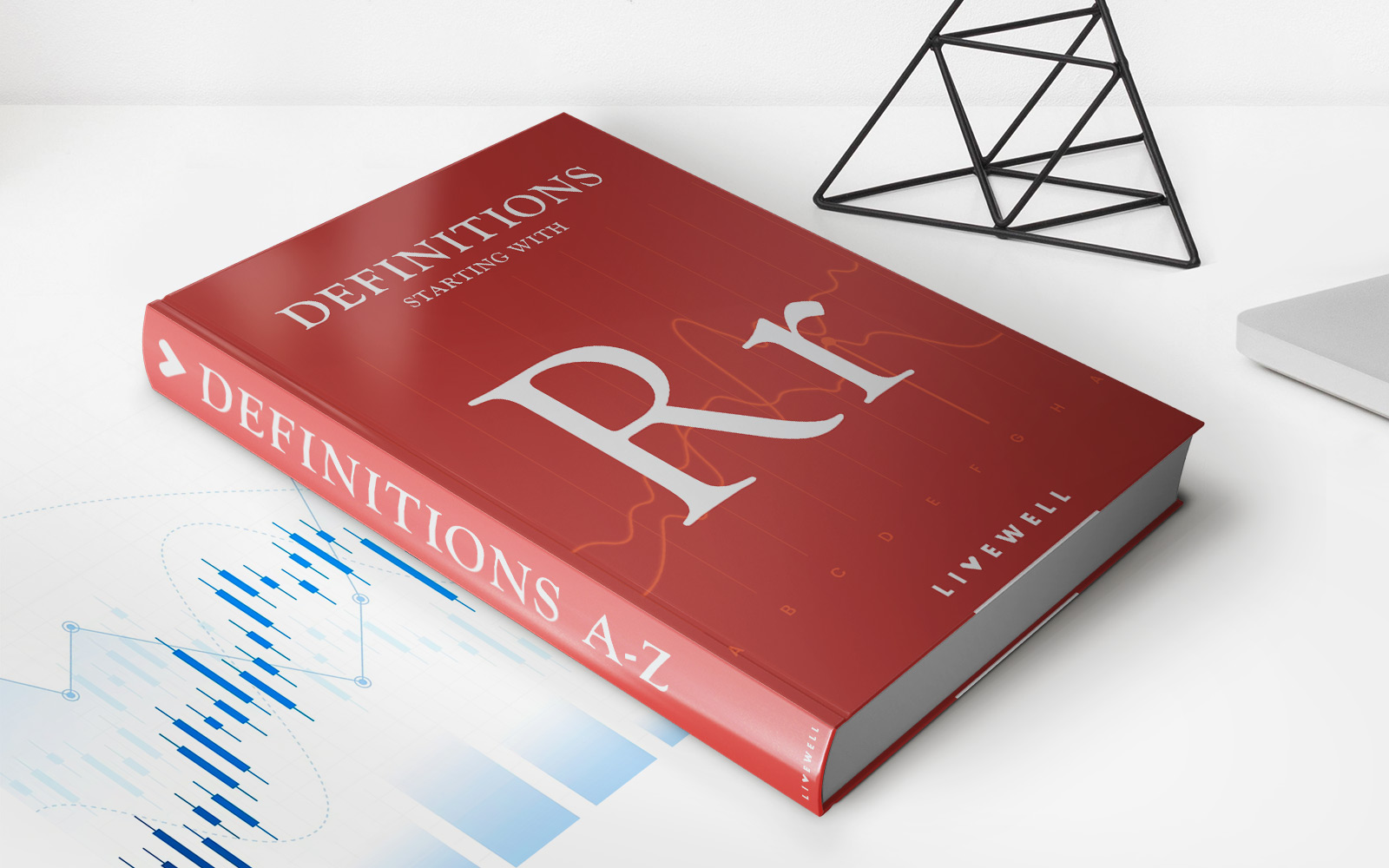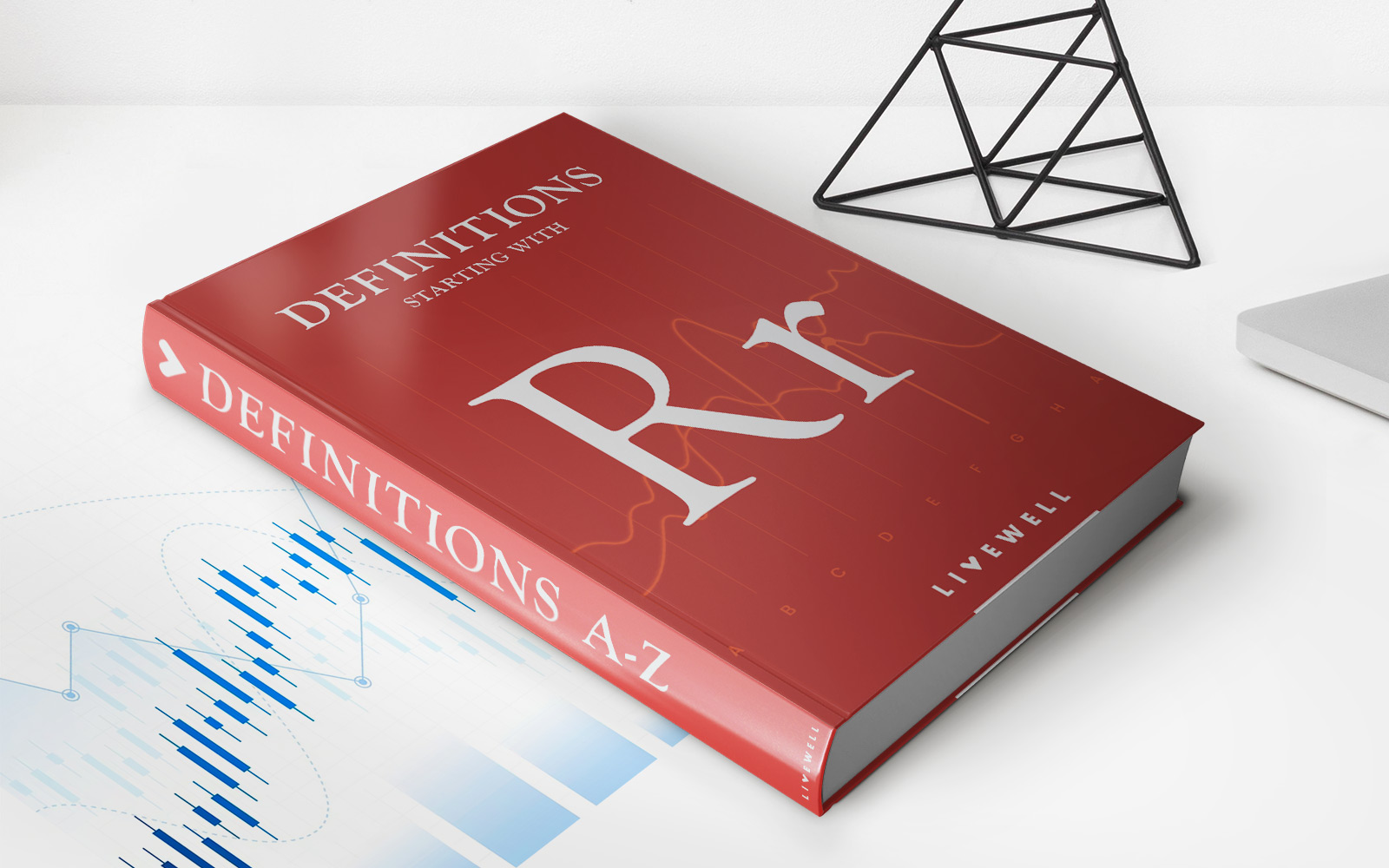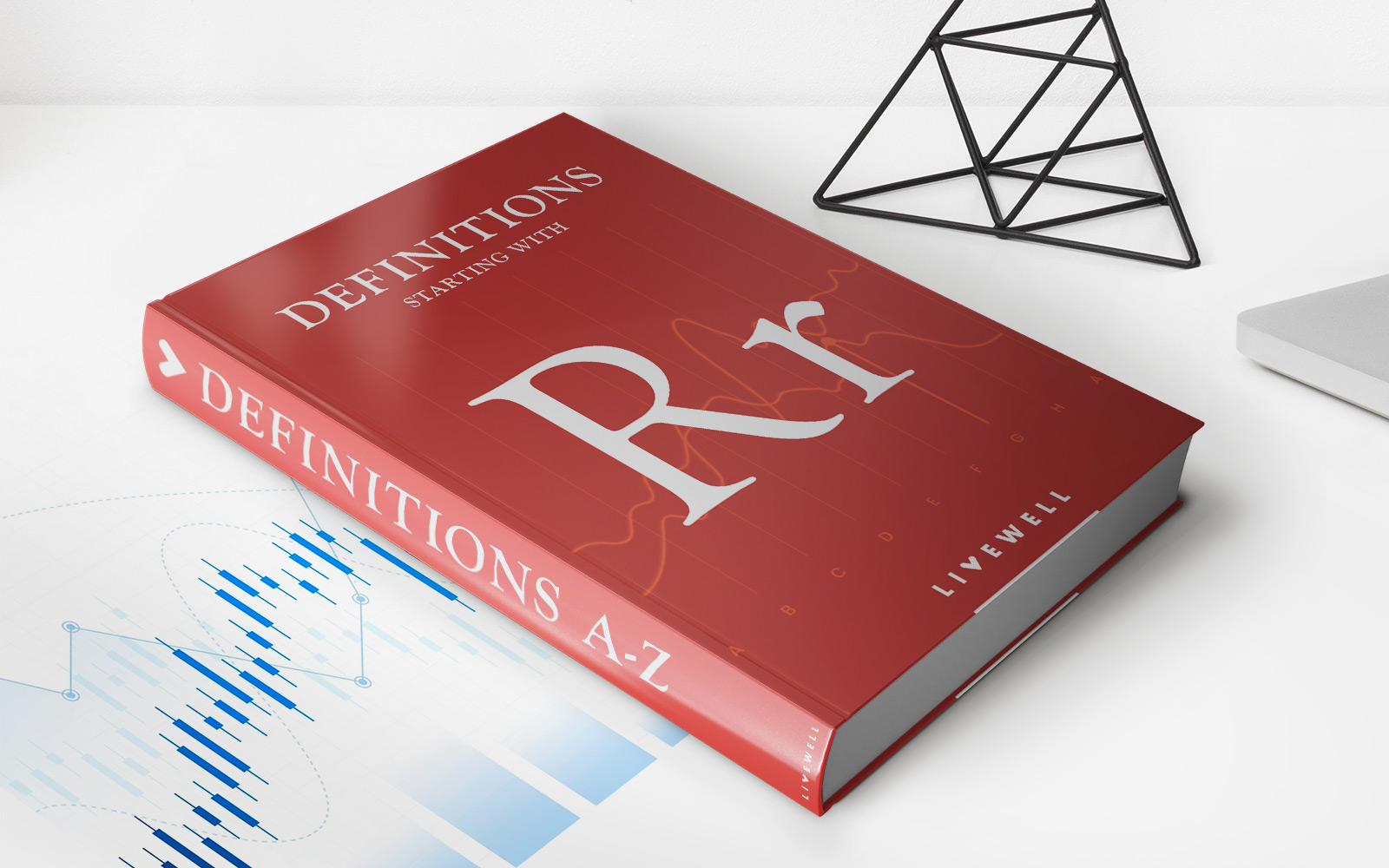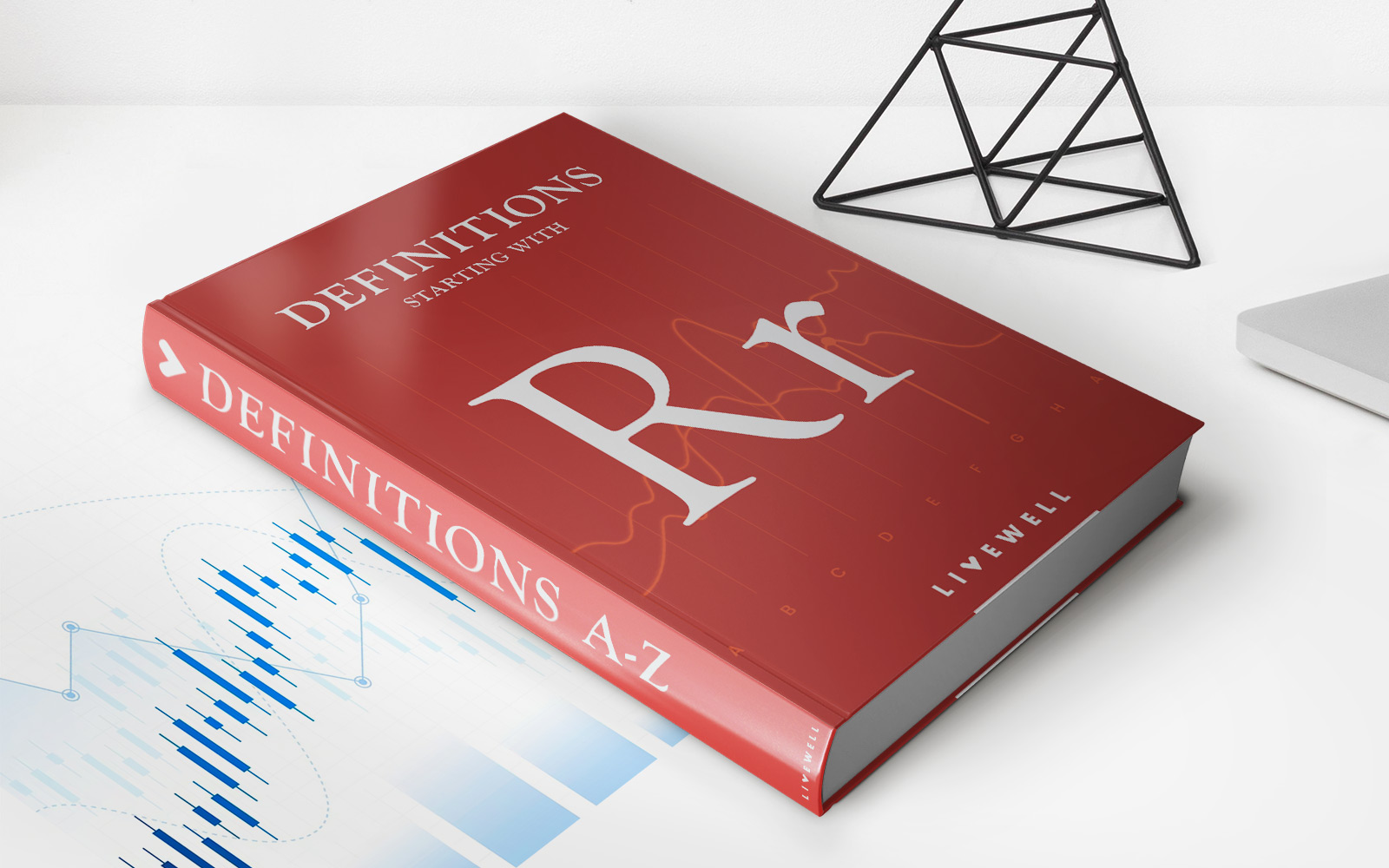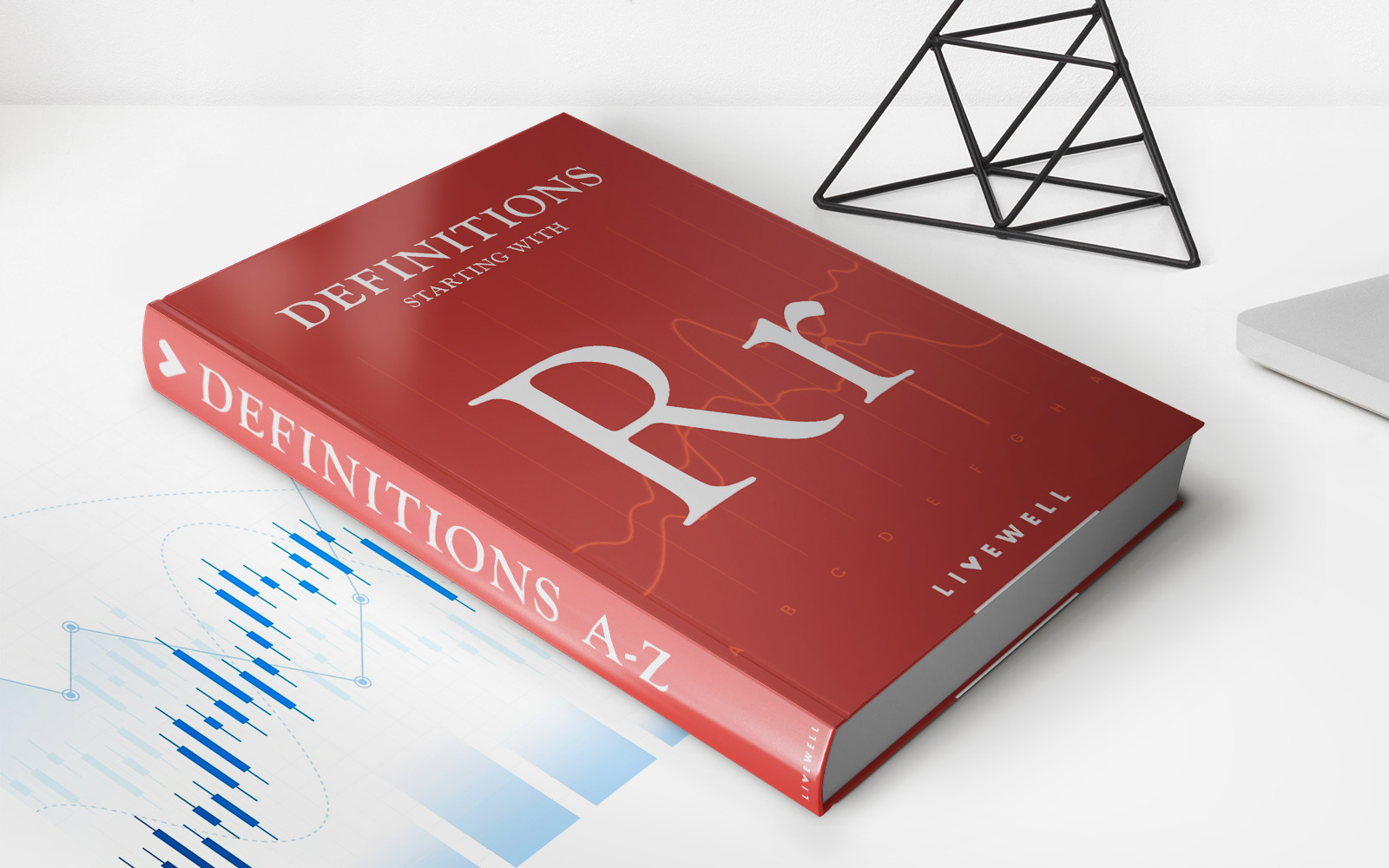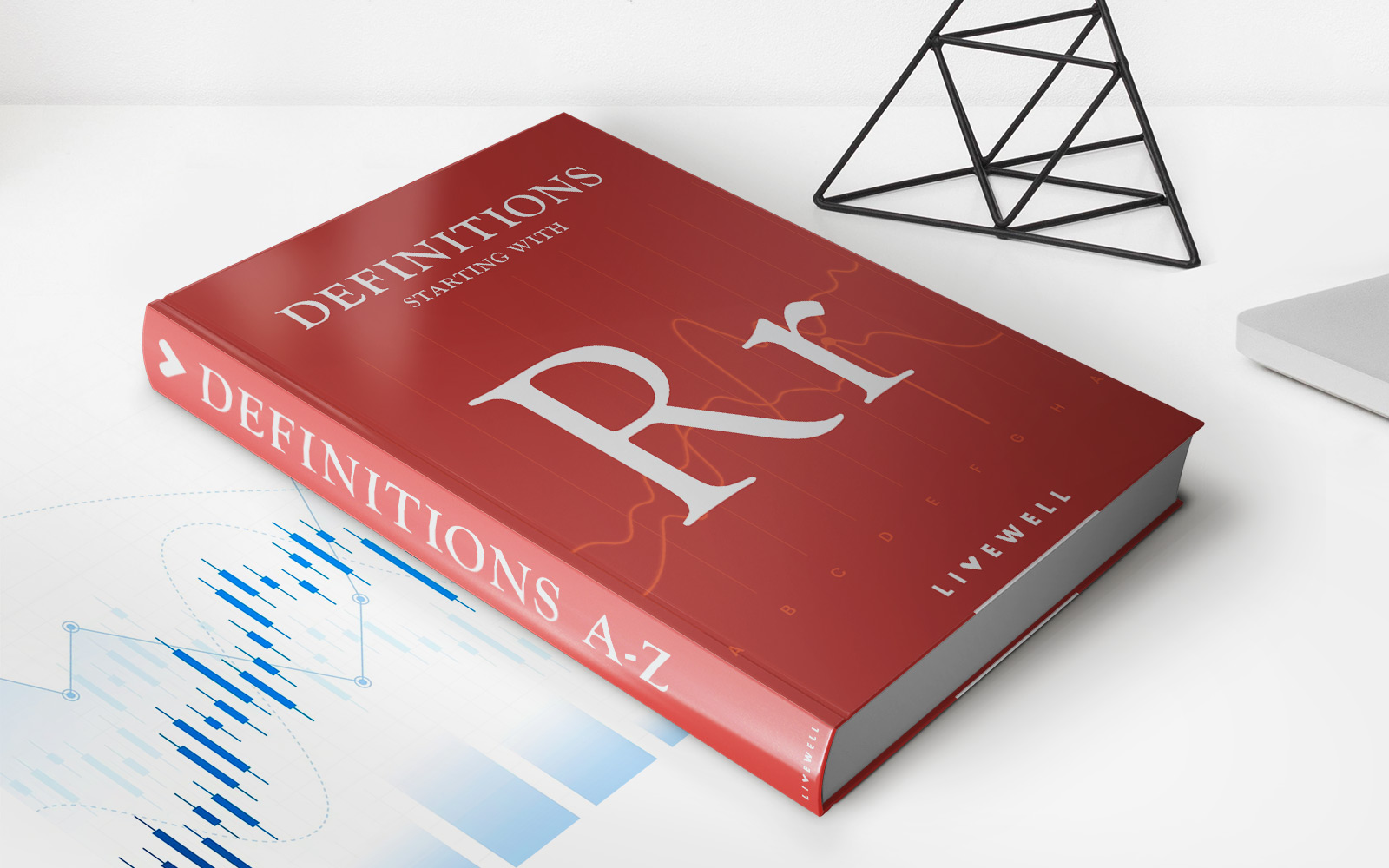

Finance
Revenue Regulation Fund (RRF) Definition
Published: January 20, 2024
Learn the meaning and importance of Revenue Regulation Fund (RRF) in the world of finance. Enhance your understanding of financial principles and practices with this comprehensive definition.
(Many of the links in this article redirect to a specific reviewed product. Your purchase of these products through affiliate links helps to generate commission for LiveWell, at no extra cost. Learn more)
Understanding the Revenue Regulation Fund (RRF)
Welcome to our finance category! In this post, we will be diving into the topic of the Revenue Regulation Fund (RRF) definition. If you’re curious about what the RRF is and how it works, you’ve come to the right place. Let’s get started!
What is the Revenue Regulation Fund?
The Revenue Regulation Fund, also known as the RRF, is a financial tool used by governments to ensure stability and manage their revenue streams effectively. It is a reserve fund that is set aside to buffer against fluctuations in revenue sources and to provide a fallback option during times of economic uncertainty or unforeseen events.
In simpler terms, the RRF acts as a safety net for governments, allowing them to have a pool of funds readily available that can be used when needed to maintain essential services or cover unexpected expenses.
Key Takeaways:
- The Revenue Regulation Fund (RRF) is a reserve fund utilized by governments.
- Its main purpose is to provide stability and flexibility in managing revenue sources.
How Does the Revenue Regulation Fund Work?
Government bodies allocate a portion of their revenue to the RRF. This can be done through periodic transfers or by setting aside a predetermined percentage of the total revenue generated. The funds in the RRF are typically invested in low-risk instruments such as government bonds or other highly secure financial instruments.
During times of economic downturn or unexpected events, where revenue streams may be adversely impacted, governments can tap into the RRF to bridge the gap and ensure the continued delivery of essential services. The use of the RRF is carefully regulated, with clear guidelines on when and how it can be accessed.
It’s important to note that the Revenue Regulation Fund is not the same as a rainy day fund. The RRF is specifically allocated for revenue-related uncertainties, while a rainy day fund is generally set aside for emergencies and other unforeseen expenses.
Conclusion
The Revenue Regulation Fund (RRF) plays a crucial role in maintaining financial stability for governments. By establishing a reserve fund that can be accessed during times of economic uncertainties, governments can ensure the uninterrupted provision of essential services to their citizens. The RRF serves as a safety net, providing flexibility and peace of mind in managing revenue fluctuations.
We hope this post has provided you with a clear understanding of the Revenue Regulation Fund and its significance. If you have any further questions, feel free to reach out to us. Stay tuned for more informative blog posts in our finance category!
